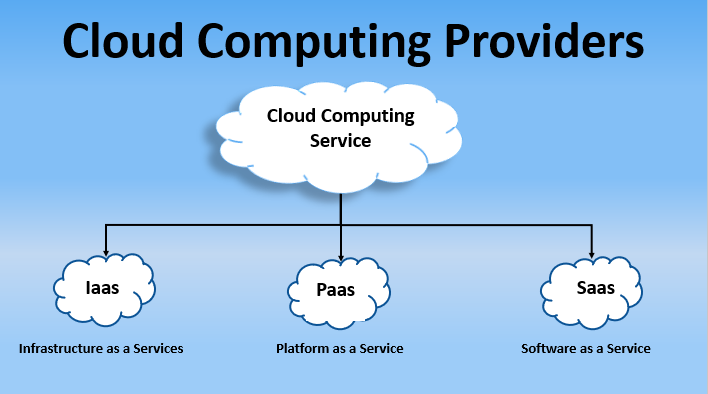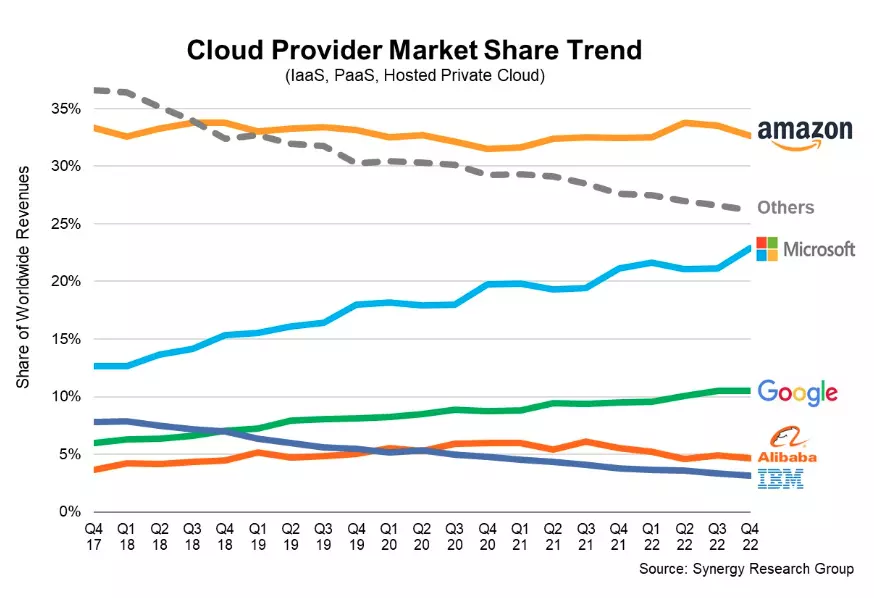Achieve Seamless Scalability With Cloud Provider
In the ever-evolving landscape of cloud solutions, achieving smooth scalability stands as a foundation for modern services looking for to stay adaptable and affordable. The quest for smooth scalability with cloud solutions reveals a world of possibilities for those eager to welcome the transformative power of vibrant resource monitoring.
Advantages of Cloud Scalability
Cloud scalability offers organizations the adaptability to dynamically readjust resources based on need, guaranteeing ideal efficiency and price efficiency. One key advantage is the capacity to scale sources up or down promptly in feedback to varying work. This agility makes it possible for services to meet transforming client needs without over-provisioning resources, eventually leading to set you back financial savings. Scalability likewise improves efficiency by making sure that systems can deal with enhanced web traffic or workload without experiencing downtime or stagnations. By efficiently assigning sources, organizations can maintain high degrees of efficiency throughout peak times without unneeded expenses throughout quieter durations. In addition, cloud scalability promotes technology and trial and error by permitting services to conveniently examine new concepts and range them as needed. This flexibility motivates a society of constant renovation and adaptation, allowing companies to remain competitive in a swiftly progressing market landscape. Inevitably, the advantages of cloud scalability extend past expense savings to encompass improved efficiency, agility, and development.
Key Features for Scaling
Effective scaling in cloud services counts on key features that make it possible for companies to adjust resources dynamically based on demand. One important feature for scaling is elasticity, allowing resources to scale up or down in reaction to rising and fall work. This guarantees that organizations can meet performance requirements without over-provisioning sources. One more essential attribute is scalability, making it possible for systems to manage raised workload by adding sources effortlessly. This feature is essential for suiting growth without compromising performance. Additionally, automation plays an essential role in scaling by automating the provisioning and de-provisioning of resources based upon predefined policies. Automation minimizes human treatment, boosts effectiveness, and makes sure rapid reaction to changing needs. Surveillance and analytics tools are likewise necessary for scaling, giving insights into resource application, performance metrics, and prospective bottlenecks. These tools allow organizations to make informed choices and maximize source allocation for effective scaling. Generally, these key functions collectively equip organizations to achieve smooth scalability in cloud services.
Implementing Auto-Scaling Strategies
To properly maximize source allowance and adapt to varying workloads, companies have to purposefully carry out auto-scaling techniques in their cloud services facilities. Auto-scaling allows systems to instantly change the variety of calculate resources based upon real-time need. There are different auto-scaling techniques that organizations can employ, such as predictive scaling, which makes use of historical data to forecast future resource demands, and reactive scaling, which reacts to present work adjustments.

Best Practices for Scalability
For companies aiming to improve their scalability in cloud solutions, carrying out ideal methods is vital for optimum performance and resource monitoring. One key best practice is making applications with a microservices design. This approach breaks down applications into smaller, independent solutions that can be deployed, upgraded, and scaled separately, enabling for greater adaptability and scalability.
One more essential method is utilizing containerization technology, such as Docker or Kubernetes. Containers make it possible for the packaging of applications and their reliances right into isolated devices, making it less complicated to scale elements separately and deploy them continually across various settings.
Additionally, applying automated deployment and infrastructure as code (IaC) can simplify scalability efforts (linkdaddy cloud services). Automation devices like Terraform or Ansible help in provisioning and handling sources effectively, decreasing hand-operated mistakes and allowing rapid scalability
Additionally, keeping track of efficiency metrics, establishing up notifies, and carrying out routine ability preparation are crucial practices to guarantee find out positive scalability administration. By sticking to these finest methods, companies can accomplish seamless scalability in their cloud solutions while optimizing efficiency and source usage.
Surveillance Performance Metrics
When assessing the efficiency of cloud services scalability, carefully keeping an eye on efficiency metrics is important for making sure ideal performance and resource appropriation. By continually tracking vital efficiency signs (KPIs) such as response times, throughput, resource, and latency use, companies can get important insights into find out the wellness and performance of their cloud facilities. Checking efficiency metrics enables the early discovery of prospective traffic jams or concerns that can affect scalability, allowing aggressive actions to be required to address them prior to they escalate.

Conclusion
Finally, achieving smooth scalability with cloud solutions is crucial for companies to optimize performance, enhance development, and maintain high efficiency degrees during peak times. By leveraging the benefits of cloud scalability, applying auto-scaling approaches, using essential features such as flexibility and automation, and complying with best methods like application design and efficiency tracking, businesses can successfully scale their systems while making the most of resource application and performance.
The pursuit for smooth scalability with cloud solutions unveils a globe of possibilities for those eager to accept the transformative power of dynamic source management.
Cloud scalability supplies organizations the adaptability to dynamically readjust resources based on need, making sure optimal performance and price efficiency. An additional essential attribute is scalability, making it possible for systems to manage increased workload by including sources effortlessly.For browse this site organizations aiming to boost their scalability in cloud services, carrying out finest methods is crucial for optimal performance and source monitoring.When evaluating the performance of cloud services scalability, carefully keeping track of efficiency metrics is important for making certain optimum capability and resource allotment.